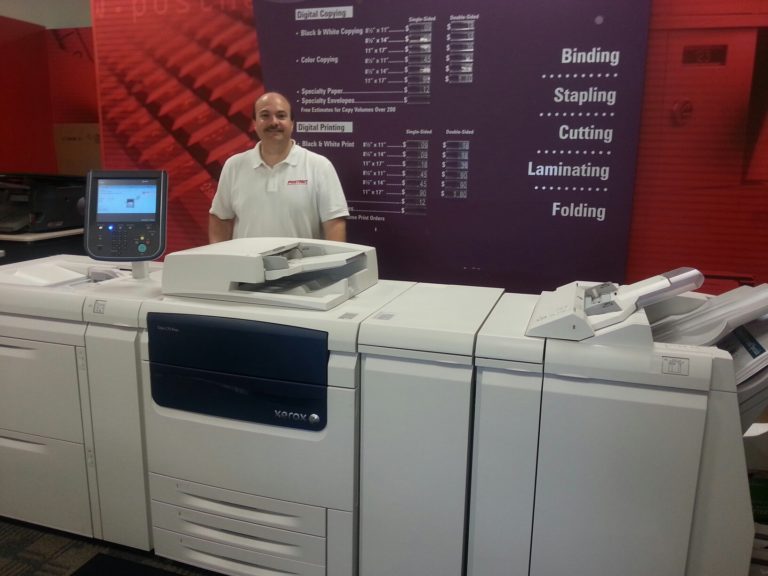Written by Howie Fenton
Senior Technology Consultant, NAPL

One of the challenges today is to figure out which technologies are threats and which are opportunities. The challenging part is that this is a moving target. When the technology first comes out, it may hold great promise, but the first generation may face challenges. For example, when computer to plate (CTP) technology first came to market, some suffered from high failure rates. When the computer to plate on press technology came out, it was poor quality.
I was thinking about this recently for a presentation to SUPDMAC (South Eastern University Printing and Digital Managers Conference) in Austin, Texas. I categorized technologies into ‘Evolutionary’ or ‘Paradigm Shifting’ and then assessed the threat to companies in our industry. The result was these four groups:
- Paradigm shifting communication technologies that can substitute for printing (i.e. e-mail, social media, mobile services)
- Evolutionary Technologies that make print less expensive to manufacture (web-to-print, print MIS, PDF workflow)
- Evolutionary Technologies that make print more effective (VDP, QR codes, PURLs)
- Paradigm Shifting Technologies that threaten previous technologies (inkjet production printing)
Thinking about the Evolutionary Technologies that make print less expensive (web-to-print, print MIS, PDF workflow) it becomes clear that these are not a threat unless your competition implements it and you don’t. It would be a problem if your competition implemented them successfully, reduced their cost of manufacturing, and then under sold you.
Following this same train of thought, other evolutionary technologies that make print more effective (VDP, QR codes, PURLs) are not a threat unless your competition offers it and you do not. In this case, these technologies do not reduce the manufacturing cost, but instead make their products more effective for their clients.
Clearly the most significant threats are the Paradigm Shifting technologies that are replacing printing with digital alternatives (i.e. e-mail, social media, mobile services) and threatening previous mainstay technologies such as inkjet. The good news is, if you’re considering diversifying your product portfolio with e-mail marketing, social media marketing, or mobile marketing, the cost of entry is not high. The real challenge is integrating these new services into a unique value proposition, so you are not simply offering another service which will inevitably become commoditized, but rather a package of services that distinguish you from the competition.
The most significant threat may be the Paradigm Shifting inkjet production printing technology. The reason is cost. If you compare an inkjet page to a toner or electrophotographic color page, the cost can be 30% to 50% less (if the inkjet is printing a high enough volume). The challenge is that the vast majority of inkjet production presses are web based presses costing millions of dollars which would be unaffordable to most small commercial and in-plant printers, meaning that large printers would be able to offer less expensive printed products resulting in a significant advantage.
The good news is that at the Print Show we saw smaller web based printers that duplex in one frame (single engine duplex, SED) instead of two which has a significant impact on reducing capital costs under $1.5 million. Maybe more compelling is that we also started to hear rumors of new sheet fed inkjet presses coming to market at half their current cost or in the range of $750,000. As a result, the inkjet production presses will be more affordable and less of a threat to small commercial and in-plant printers.
It doesn’t matter if the technologies are Evolutionary or Paradigm Shifting. What really matters is if they are affordable and if you can integrate them into your value proposition.
Let me know if you agree: Any technology that you can afford and build into your value proposition is an opportunity; any that you can’t will be a threat.
—
Howie Fenton is a consultant and business advisor at NAPL. Howie advises commercial printers and in-plants on benchmarking performance against industry leaders, increasing productivity, and adding digital and value services through customer research. For more information click here.


